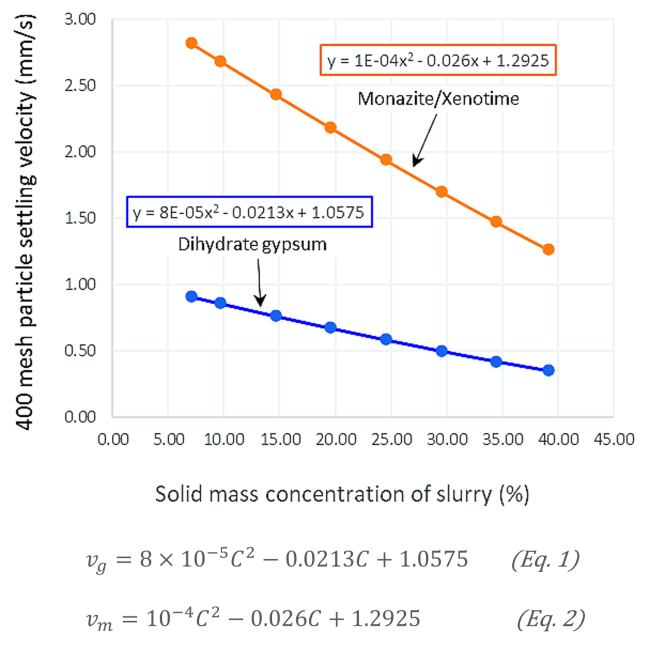CMI researchers from FIPR Institute and Florida Polytechnic University conducted the activity for this highlight.
Innovation
A physical separation system is developed to reduce radioactivity in a large portion of PG thus allowing extraction of critical elements, recovery of phosphate value, and large-scale commercial uses of PG.
Achievement
- The removal of ultrafine particles from PG resulted in approximately 87% of the PG (-35+400 mesh) meeting the radioactivity regulatory level for commercial uses, decreasing radioactivity from 23.5 to 9.8 pCi/g.
- Equipment design parameters were determined for the hydraulic classifier to remove the ultrafine particles.
Significance and Impact
Opportunity for recovering REEs from two billion tons of accumulated PG and converting 20 million tons annually into useful materials.
Hub Target Addressed
Developing processes to recover and separate REEs from traditional or unconventional sources.

